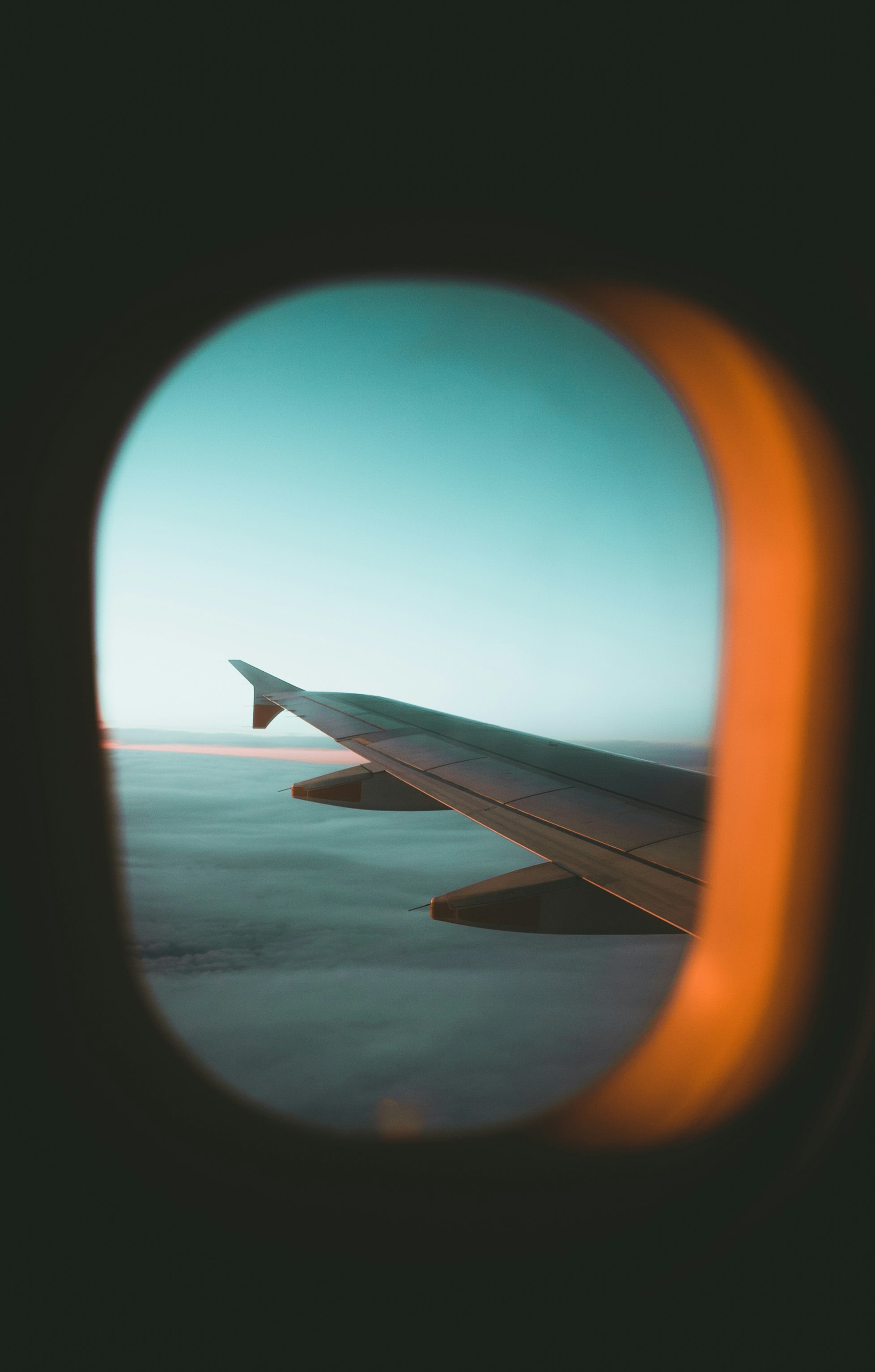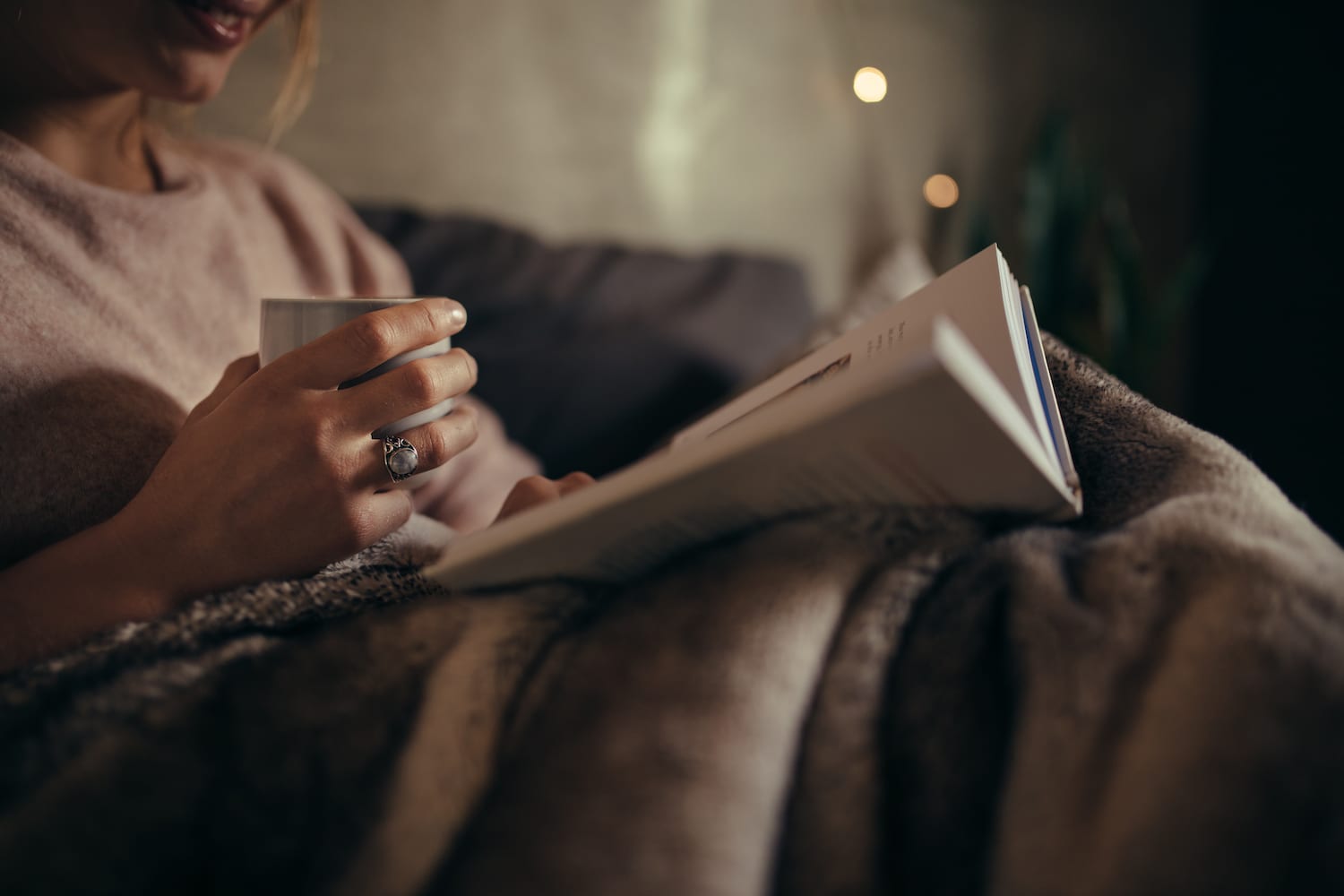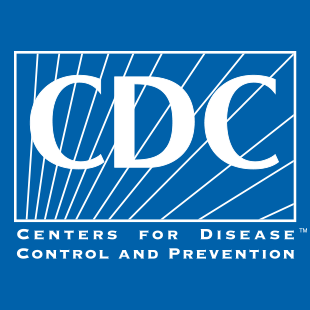Jet Lag: East vs West
Under normal circumstances, your circadian rhythm aligns with daylight, promoting alertness during the day and sleep at night. Your geographic location affects your rhythm since...

Our circadian rhythm does not just apply to sleep. It also helps regulate body temperature, eating and digestion, thyroid function, and hormonal activity.
Jet lag is a temporary, mild circadian rhythm disorder (2) that occurs when your internal circadian rhythm doesn't match the local day and night cycle.
Under normal circumstances, your circadian rhythm aligns with daylight, promoting alertness during the day and sleep at night. Your geographic location affects your circadian rhythm, since sunrise and sunset occur at different times in different locations. We are tied to nature intimately in this way!
Jet lag generally happens when you travel east or west across three or more time zones. For example, if you fly from Los Angeles to New York and arrive at 8 p.m., your body may still be operating as if it’s in L.A. at 5 p.m. Jet lag can cause you to stay up later than you’d like, sleep at odd hours, or feel more tired than usual, among other symptoms.
Tips for minimizing jet lag
Exposure to morning light is one of the most important factors in resetting your internal clock. Get outside as early as you can. That bright light in your eyes tells your hypothalamus (your brain's clock) that it's time to start the day. If it is winter and it is still dark when you wake, turn on the lights and get some movement going.

You can also use a travel-size "happy light," a.k.a. a seasonal affective disorder light. Dim lighting in the evening is important as well since this tells the brain that it's time to start producing melatonin.
If your trip is short and the time difference is 3 hours or less, you can try keeping your sleep timing the same as it would be at home. For example, if you live in California and travel to Texas (a 2-hour time difference) for 2 nights. If you normally go to bed at 10 p.m. in Cali, your Texas bedtime would be midnight. And try to keep your meal times in sync with your sleep as much as possible. If you normally eat dinner 4 hours before bed, keep that pattern the same, meaning dinner at 6 p.m. Cali time becomes dinner at 8 p.m. Texas time.
Melatonin can be helpful in minimizing jet lag. The recommended dose is between 1mg and 5mg (1) (depending on the person), 30 minutes before bed. It is especially beneficial when the time-zone change is 3 hours or more.
Keep up your self-care routine while traveling. Outdoor time, meditation, staying hydrated, eating well, and exercising all feed your daily energy and help you adjust.
East-bound Travel

If keeping the same schedule from home isn't an option, you can practice a phase shift, which means starting to shift the timing of all your activities earlier by 30 minutes daily for 3 to 4 days before leaving. That way, the time change isn't such a shock to your system. For instance, if you're heading to New York from California (3 time zones east), you can go to bed 30 minutes earlier each day for 4 days ahead of the trip.
This would shift your schedule by 2 hours so when you get to New York the transition is easier. For any eastbound travel, you can shift your sleeping, waking, and eating earlier ahead of time to help adjust.
Red-Eye Flights - eastbound
Many flights from North America to Europe are overnight. If you get on a plane at midnight your time, the flight is about 6 hours and the time change is 6 hours, which means you land at your destination at noon — and now have to wait a while for bedtime! Even if you get a few hours of sleep on the plane it can still be a difficult transition.
Consider napping the day before for 25 minutes to 1.5 hours max and in the middle of the day rather than right before the flight. If you are worried about not being able to sleep on the flight, keep your nap to 25 minutes so you don't get into deep sleep. Napping a little earlier helps to build up a little more "sleep pressure" before the flight since you'll also want to sleep on the flight. Noise-canceling headphones, eye mask, pillow, earplugs, lavender, or anything else that you find comforting can improve your sleep environment.
Make sure you don't have too much caffeine the day of your flight so you can get the deepest sleep possible despite the less-than-ideal environment.
When you land and it's now mid-day, get outside into the daylight. Even with a busy schedule if you can spend a few extra minutes getting daylight in your eyes (take off your sunglasses!) it helps to stop melatonin production, start up serotonin production and reset your internal clock. Stay awake until bedtime that night. If you must nap, make it 25 minutes so that you don't take away from your sleep pressure that night.
Exercising, even if it's just a walk, will also help set you up for quality sleep the coming night.
West-bound Travel
This direction is typically easier on us because staying up later is easier for most of us than going to bed earlier. If you're heading west, you can also practice a phase shift by going to bed 30 minutes later each night for 3 to 4 nights before traveling. Shift your wake-up time and meals later as well.
To help move your internal rhythm later, avoid bright light in the early morning and get more bright light midday. This will make it easier to push your bedtime later if that's a challenge for you.
Flights from Europe to North America are typically at easier times, departing midday and arriving in the early evening.
Touch base with your coach
Every circumstance can be slightly different. We are here to support you and answer your questions! If you have a challenging flight schedule, speak to your coach. Let them know about travel ahead of time so that you can come up with a plan together.
Ref:






